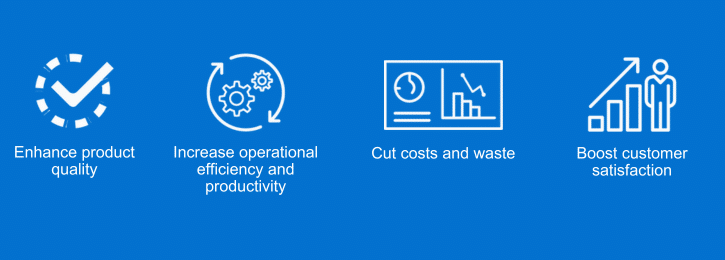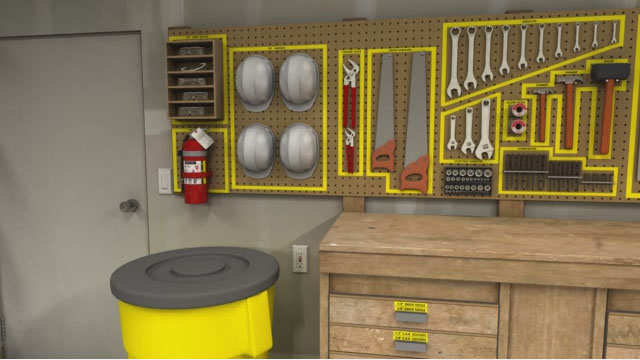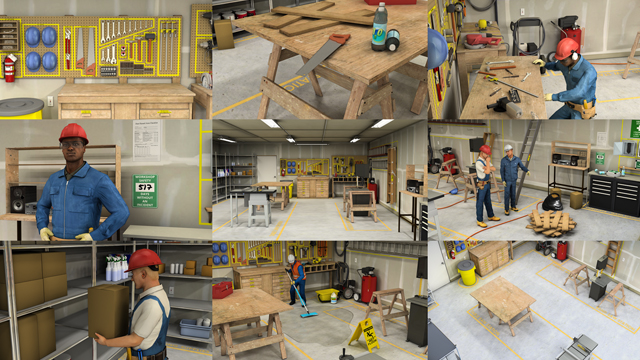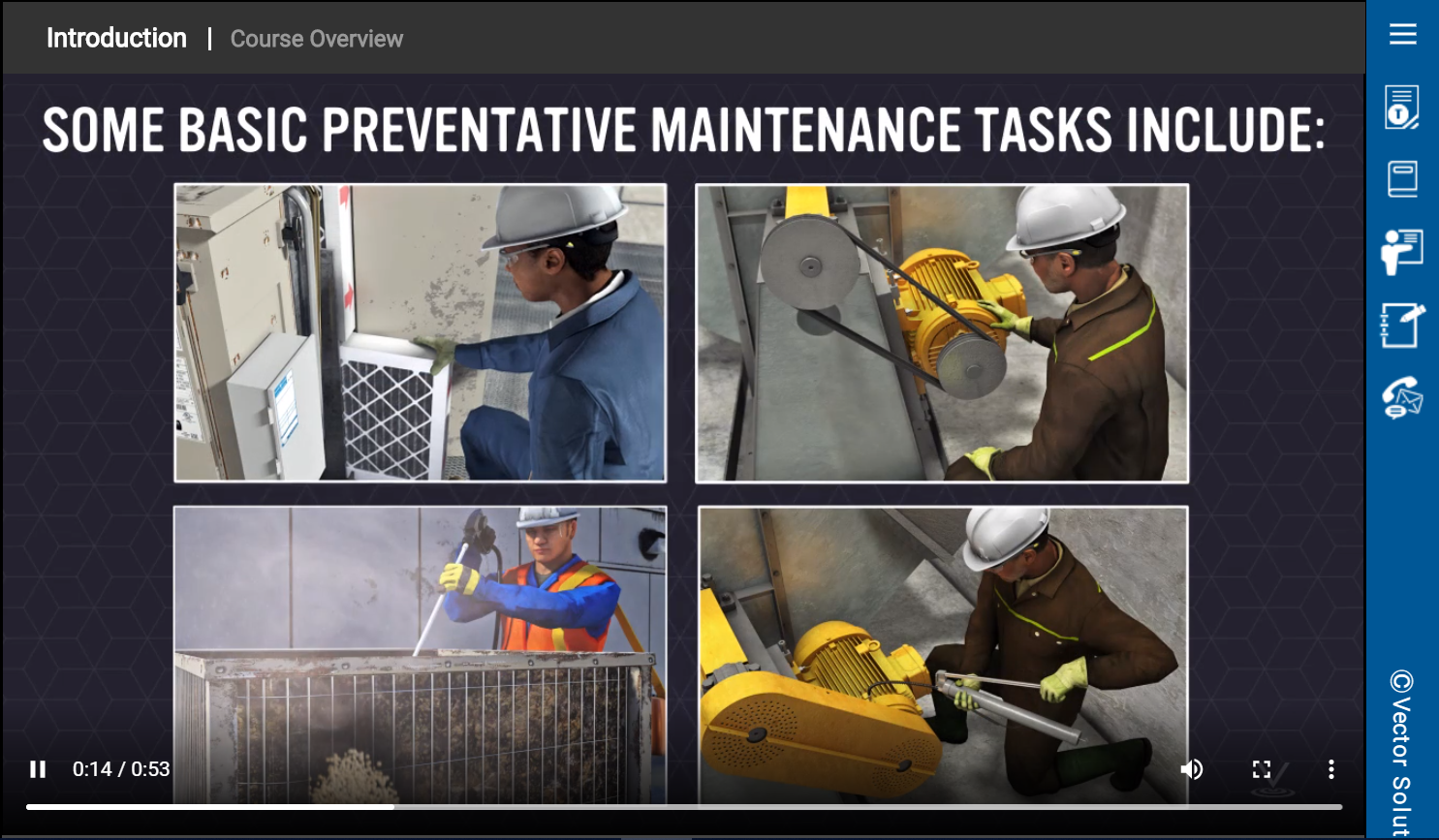5S Methodology
Is your workplace a mess? Tired of spending hours searching for the right tool? This course will teach you about the 5S methodology, which focuses on organizing and standardizing the workplace to increase efficiency and effectiveness.
Learn More







